Manu Ríos sings in playback the Amalia Rodrigues song that gives the film its title “Strange Way of Life”, at the beginning of a love story that asks for a second chance. Caetano Veloso’s voice produces a strange effect emerging from the lips of one of the four ephebes that Almodóvar includes in the film, but the lack of synchrony between expression, lyrics, and sound does not affect the technique but the emotion. However, it is this kind of blind man’s singing that brings a tough guy, a cowboy who arrives in Bitter Creek on horseback, into the action. Silva (Pedro Pascal) has crossed the desert to meet Jake, now “Sheriff Jake” (Ethan Hawke). From the moment an invisible connection links their gazes, we can almost feel the controlled shudder of their bodies, as their voices explode across the screen in seconds and we forget all about the singing boy, because there’s no more room in our heads except for Silva and Jake.

Back to the Far West we see that from the first 31 minutes of his adventure, the director of Volver has learned his lesson well, demonstrating that a film about cowboys in the Tabernas desert, including a Spanish actor (Pedro Casablanch) can be original after having filtered its codes, which are assumed with a reverential respect, just enough to allow for an evocation that is as personal as it is enriching. This queer western does not copy ultra-used references of universal scope, to degrade them or give them a facelift, nor to produce a purely exploitative product like the spaghetti western, with the well-known and blessed exceptions that we all have in mind.
Almodóvar has a deep understanding of the genre and is able to manipulate it and make it his own, to convey a romance that reflects on the possibility of changing history. Where Ang Lee in Brokeback Mountain made it impossible for the plot line to lead to a truly transgressive denouement, the director of La piel que habito does not give up and allows us to play with the idea of a couple of gay cowboys in what would be the continuation of their passionate encounter in their youth.
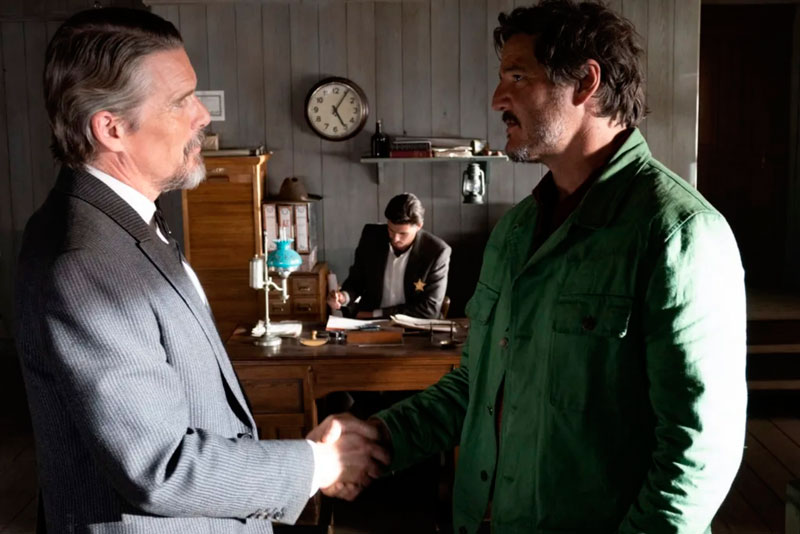
If the melancholy of the horseman riding off into the sunset is a constant feature of the western, with its assumed loneliness and its estrangement from a society that exploits and then rejects it, the protagonists of Strange Way of Life face the need to change their lives in a different way. Former hired guns for hire, Jack and Silva lived their moment for 60 days when Mexico was their paradise of passion, but 25 years later, the decision not to stay together and lead separate lives, changing trades, has not meant a final slamming of the door on their love story.
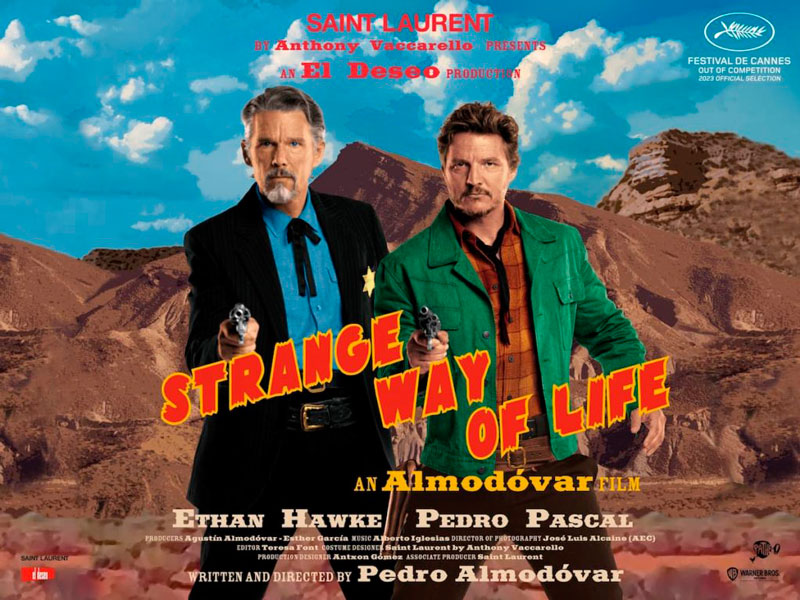
The director takes advantage of the keys to the genre to imbue them with a meaning that Jane Campion also presented in her way in The Power of the Dog, but Almodovar¡s proposal is less about sexual identity and gender roles, or differences in social status than about the romance itself. Should we or shouldn’t we? is also the question, but linked to other conflicting interests, where the game of loyalties and values so idiosyncratic of gender comes in. And in this sense, too, the references that come to mind are multiple and under the names of the greatest representatives of the genre, with Ride the High Country (Sam Peckinpah, 1962), with the couple formed by Randolph Scott and Joel McCrea, being one of the first films with which we associate it.
We have talked about the first meeting of the former lovers —although we also see in flashback the first kiss of the young Jack and Silva (Jose Condessa and Jason Fernández)— where the chemistry between Hawke and Pascal is undeniable, but Almodóvar’s resources to show the advances and true feelings of the couple are remarkable. The very close-ups of their faces are like bodies opened up, the numerous gestures, such as lending each other underwear, making the bed, the bullet wound, and certain comments convey an eroticism far removed from the rapture with which the director has overwhelmed us in other films, but even more powerful, allowing us to imagine the continuation of the story in an everyday love affair of enduring passion..
The planning of the scenes, and especially that of the triangular duel with its deep echo in the play of conflicting feelings, is impeccable, photographed with a color that Alcaine elevates to pure cinematographic memory. The music by Alberto Iglesias, who after fourteen films is inseparable from the director, is evocative without cliché. Strange Way of Life was produced by Yves Saint Laurent and Silva and Jake appear in Anthony Vaccarello‘s designs, which are more classic than they appear, for example, Silva’s green jacket is inspired by a similar one worn by John Wayne on screen.
Yves Saint Laurent will continue to produce films similar to Strange Way of Life in the future. This is the first fashion house to expand its business into film production, hoping that the impact of its designs will be more lasting on film than on a catwalk. With this desire for permanence, Vaccarello announced that his next partners would be Paolo Sorrentino, David Cronenberg, Abel Ferrara, Wong Kar Wai, Jim Jarmusch, and Gaspar Noé.



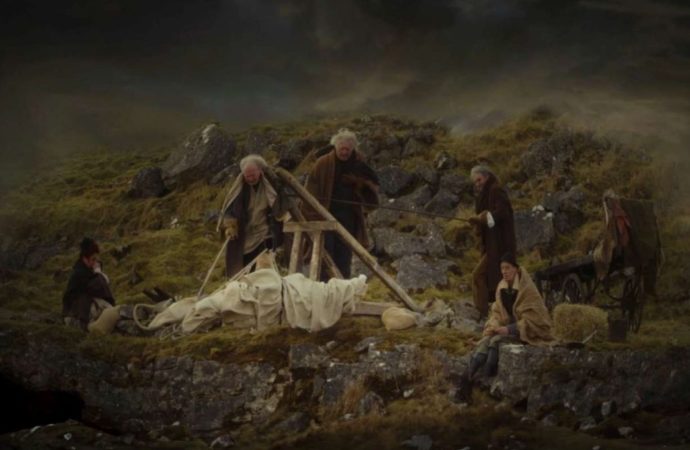

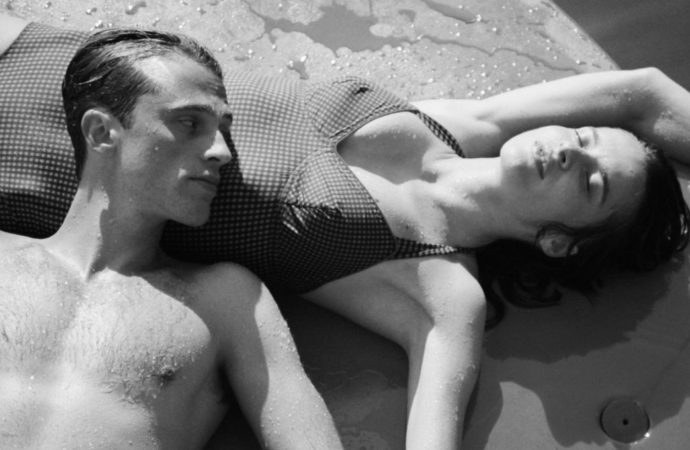

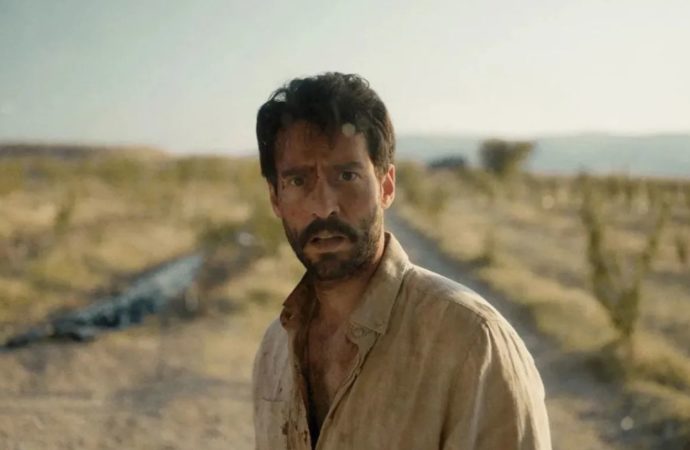
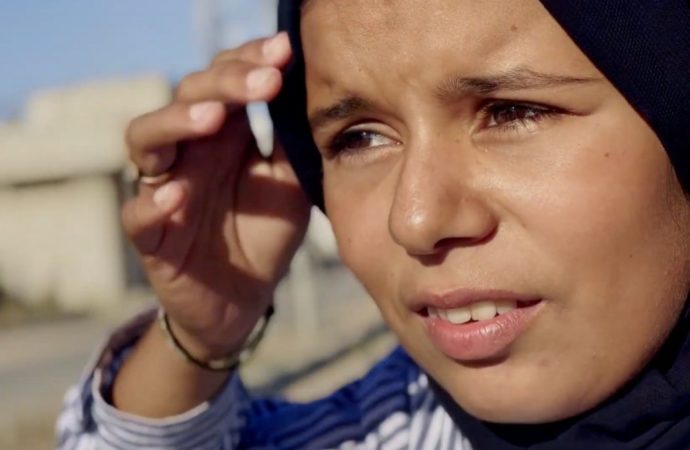
No one has posted any comments yet. Be the first person!